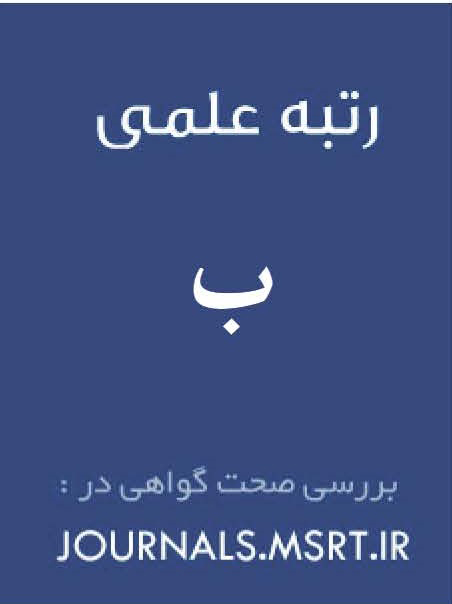دربارهی مجله
نشریه آموزش، تربیت و توسعه پایدار یک فصلنامه علمی با دسترسی آزاد و داوری دوسویه کور (Double-Blind Peer Review) است که بهصورت تخصصی به انتشار مقالات علمی در حوزههای آموزش، تربیت و توسعه پایدار میپردازد. این نشریه بهمنظور تبیین و تقویت پیوند میان آموزش و توسعه پایدار، بستری علمی برای تبادل دانش میان پژوهشگران، سیاستگذاران، معلمان، مدیران آموزشی و فعالان توسعه فراهم میسازد.
تمرکز اصلی این نشریه بر مطالعات بینرشتهای در راستای اهداف توسعه پایدار سازمان ملل (SDGs) بهویژه هدف چهارم (آموزش با کیفیت)، هدف هشتم (کار شایسته و رشد اقتصادی) و هدف سیزدهم (مقابله با تغییرات اقلیمی) است. مقالات این نشریه میتوانند به شکل مطالعات تجربی، نظریهپردازی، نوآوریهای روششناختی، مطالعات موردی و مرور نظاممند ارائه شوند.
درباره مجله " آموزش، تربیت و توسعه پایدار"
- صاحب امتیاز: انتشارات علمی ماهر
- وضعیت چاپ: الکترونیکی
- دوره چاپ: فصلنامه
- زبان مجله: فارسی همراه با خلاصه مبسوط انگلیسی
- نوع مجله: علمی- پژوهشی
- دسترسی به مقالات: رایگان
- نوع داوری: دوسو ناشناس (حداقل دو داور)
- مدت زمان بررسی اولیه: 3 الی 5 هفته
- زمان داوری: 2 تا 3 ماه
- هزینه داوری: ندارد
- ایمیل مجله: admin@journaltesd.com

